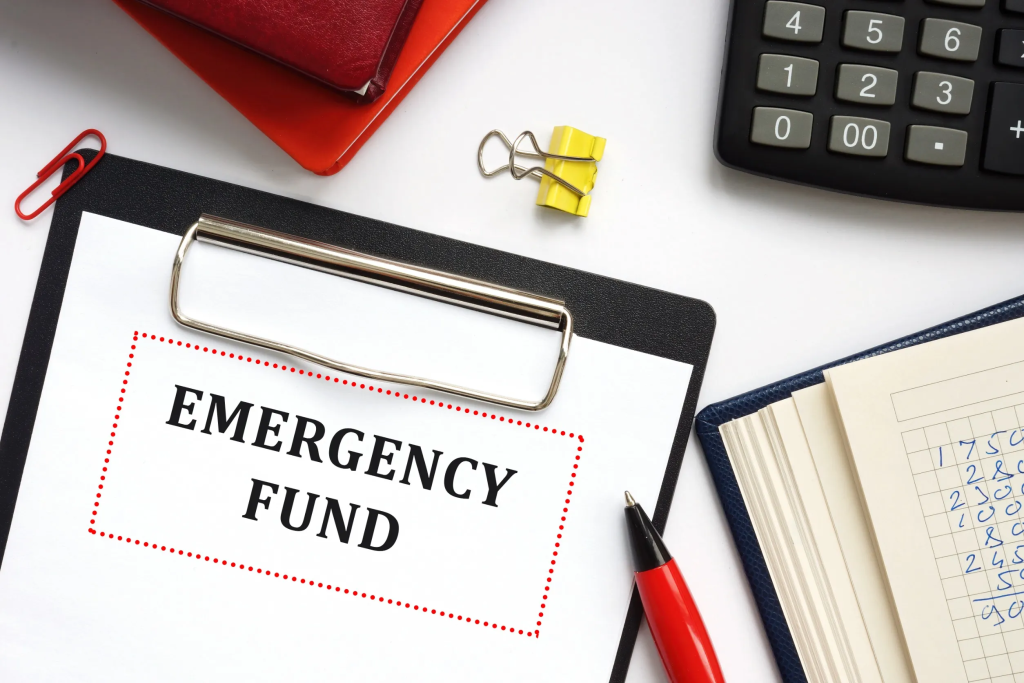In the challenging and often unpredictable landscape of business, an emergency fund stands as a pivotal element of financial prudence. For small and medium-sized enterprises (SMEs), it represents more than a mere savings account; it is a strategic tool crucial for long-term stability and resilience. In this comprehensive guide, we will delve into the nuances of creating, managing, and utilizing an emergency fund, underlining its importance as a safety net for your business’s unforeseen financial needs.
What Are the Advantages of Having a Business Emergency Fund?
Risk Mitigation
An emergency fund is a vital buffer against financial uncertainties. It provides a cushion to absorb sudden financial shocks, such as unforeseen operational costs or abrupt market downturns. This fund plays a critical role in ensuring that these unexpected events do not destabilize the core operations of the business.
Operational Continuity
One of the primary advantages of an emergency fund is the assurance of operational continuity. In the event of a cash flow disruption, this fund can be the difference between keeping the doors open and temporary or even permanent closure. Businesses with a robust emergency fund can navigate through tough economic periods without the need to resort to layoffs, drastic cost-cutting, or other measures that could harm long-term operations.
Strategic Flexibility
An often-overlooked advantage of maintaining an emergency fund is the strategic flexibility it provides. With a financial safety net in place, businesses can make bold, opportunistic decisions that might otherwise be too risky. Whether it’s investing in a sudden market opportunity or innovating in response to an industry disruption, an emergency fund gives businesses the confidence to act swiftly and decisively.
Why Do I Need a Business Emergency Fund?
Financial Security in Uncertain Times
The primary purpose of an emergency fund is to offer financial security in times of uncertainty. This fund serves as a financial life jacket, enabling businesses to stay afloat during unforeseen cash flow interruptions or economic downturns. It ensures that businesses can meet their obligations, such as payroll and rent, even in challenging times.
Avoiding High-Cost Debt
Without an emergency fund, businesses might be forced to turn to high-interest loans or credit lines in a crisis. This can lead to business debt that is difficult to escape. An emergency fund helps avoid this scenario, providing a buffer that can be used instead of taking on expensive debt.
Building Confidence Among Stakeholders
A well-maintained emergency fund also builds confidence among stakeholders, including investors, employees, and customers. It demonstrates sound financial management and a commitment to long-term stability, which can be crucial for maintaining good relationships and a positive business reputation.
How Much Should You Have in an Emergency Fund?
Assessing Your Business’s Needs
Determining the ideal size of your business’s emergency fund requires a careful assessment of your operational costs and the nature of your industry. Generally, it’s recommended to have enough to cover at least 3-6 months of operating expenses. However, this can vary depending on the business’s cash flow stability, fixed costs, and the overall risk environment.
Setting a Savings Goal
Once you’ve determined the necessary size of your emergency fund, the next step is to set a savings goal. This involves committing a certain percentage of your profits or cash flow – usually between 5-10% – towards building this fund. Consistency is key here; regular contributions, even in smaller amounts, can accumulate significantly over time.
Adjusting as Your Business Grows
It’s important to remember that the size of your emergency fund should evolve with your business. As your business grows and your expenses increase, so too should your emergency fund. Periodic reviews and adjustments to your savings goal are essential to ensure that your emergency fund remains adequate for your business’s needs.
Building an Emergency Fund for Your Business
Steps for Building
- Initial Assessment: Begin by evaluating your current financial status and determining how much you need to save.
- Consistent Contributions: Decide on a fixed percentage or amount of your monthly revenue to contribute towards your emergency fund.
- Automated Savings: Consider setting up automatic transfers to your emergency fund to ensure consistent savings.
Tips for Maintaining and Growing
- Regular Monitoring: Keep a close eye on your emergency fund and adjust your contributions as your business grows and evolves.
- Consider Low-Risk Investments: To grow your emergency fund, consider low-risk investment options that offer better returns than a standard savings account, but still allow for liquidity.
- Avoid Unnecessary Withdrawals: Be disciplined about the use of your emergency fund. It should only be tapped into for genuine emergencies and not for regular business expenses.
When Should You Use Your Emergency Fund?
An emergency fund should be reserved for genuine emergencies – situations that pose an immediate threat to the stability or viability of your business. These can include:
- Severe Cash Flow Disruptions: Times when your business’s regular cash flow is interrupted by external factors, such as a major client defaulting on a payment.
- Critical Unplanned Expenses: Unexpected expenses that are crucial to your business operations, like emergency repairs to essential equipment or facilities.
- Navigating Economic Downturns: Using the fund to sustain operations during periods of economic recession or significant industry downturns.
Conclusion
Establishing and effectively managing a business emergency fund is not just a financial strategy; it’s a cornerstone of sound business management. It reflects a proactive approach to risk management and a commitment to the long-term health and stability of your business. By following the steps outlined in this guide, you can build an emergency fund that not only protects your business in times of need but also provides the confidence to pursue growth and innovation. Remember, in the world of business, it’s not just about weathering the storm – it’s about being prepared for it. Take control of your finances and propel your business forward with FundKite’s reliable and tailored solutions. Learn more about managing your finances, explore tips on how to budget, and discover the art of managing your cash flow.
